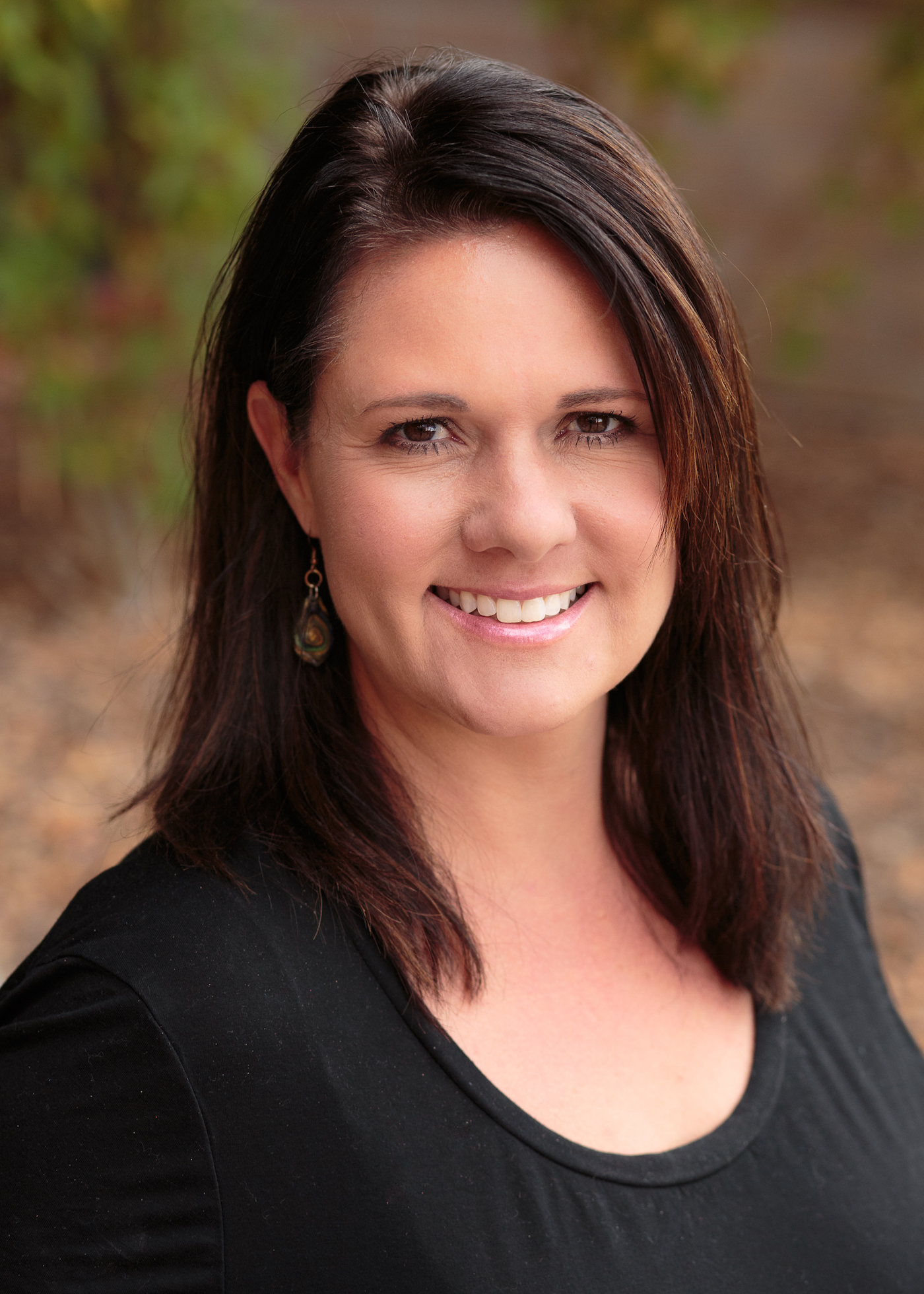EDITOR’S NOTE: Each quarter, the NNBW publishes a special “B2B Industry Focus” edition that centers on a certain industry. The fourth quarter’s B2B Industry Focus is on healthcare. This is the fourth in a five-part series of stories on that topic; the other parts are below. You can also read the Wednesday, Oct. 20, print edition for the full lineup.
Part One: Nursing shortage in Northern Nevada worsening as pandemic lingers
Part Two: Now affiliated, Renown Health-UNR Med leaders lay out next steps
Part Three: Healthcare Q-and-A with Northern Nevada's top medical leadersPart Five: From energy healing to ketamine, mental health treatment options are growing
Throughout the coronavirus pandemic, many residents in Washoe County have shared a similar uncomfortable experience: having a nasal swab poked deep in their nostrils.
And over the past 20 months, many of the COVID-19 tests have been analyzed and diagnosed by a global biotechnology company with a location right in Reno.
Charles River Laboratories, a Massachusetts-headquartered biotechnology company with more than 100 facilities in 20 countries around the globe, has provided the results of more than 20,000 COVID-19 tests over the past year and a half.
When the pandemic blanketed the region, the facility became the first in the entire company to receive Clinical Laboratory Improvement Amendments (CLIA) accreditation.
This allowed the company’s 460,000-square-foot facility on Longley Lane in South Reno to receive human samples, test them, and provide a diagnosis, said Rebecca Walker Comba, regional general manager at Charles River in Reno.
“The reason that we did that was to understand the needs of the pandemic,” said Walker Comba, noting the lab partnered with Washoe County so that it could receive COVID tests and analyze them. “We did 22,000 tests over the peak of the pandemic to the present to help provide insight into what was happening at a local level. So, that was a pretty neat accomplishment.”
The biotech sector has drawn a lot of attention over the last two years during the pandemic. Along with hospitals and medical clinics, one could argue that no businesses were more essential than those working in life sciences.
 Rebecca Walker Comba is regional general manager at Charles River Laboratories in Reno.
Rebecca Walker Comba is regional general manager at Charles River Laboratories in Reno.
“We worked on all of the vaccines and therapeutics that have been approved for COVID, to date,” said Walker Comba, referring to Charles River as a whole. “One of the neatest things for our staff is understanding the importance of the work that we do in providing these therapeutics — of a huge variety — to clients as fast as possible. Our goal is the highest quality, fastest deliverable of information, reports and data so that our clients can make a decision on what compounds they can progress, and what compounds maybe need to be halted for safety reasons or results that were obtained.”
It’s no secret that Pfizer and Moderna’s highly successful COVID vaccines were developed in the U.S. in record time. More than 370 million of the doses have been administered in the U.S., according to the Centers for Disease Control and Prevention.
Walker Comba said the pandemic has demonstrated that the biotech sector can effectively collaborate across the industry and, as a result, “deliver information and advancements faster than we ever could before.”
As such, Walker Comba said the COVID vaccines were not rushed prematurely to market as some people fear; rather, their quick development was a byproduct of the biotech sector “leveraging what we’ve gained in the past 20-30 years of medical advancements” in collaboration.
“During this time where you’ve seen vaccines become available in record time, you’re dealing with those different levels of fear in the public about whether what is being delivered is safe and is effective, and it has met all those criteria,” she said. “It’s the partnership in the industry that enabled it to deliver products that are safe and effective to market faster than we ever have.”
With biotech companies becoming the hot new technology sector, businesses like Charles River are hiring at a fast clip at all of their facilities, including here in Reno.
Charles River currently has 38 openings at its Reno lab, with positions ranging from research scientist to laboratory assistant. Walker Comba said the facility has been hiring about 20 people a month in the past year, “due to the growth, advancements, and expansion that we’re doing at the facility.”
Over the past 14 years, the company’s workforce has grown from 250 to 800 employees at its Reno location, according to Walker Comba.
It’s a microcosm of biotech’s expansion the past decade. Nationwide, from 2015 to the second quarter of 2021, job growth for biotech scientists rose 50% to 240,857, outpacing the rate of growth for scientists in telecommunications, ecommerce and the computer industry, according to Emsi Burning Glass, a labor market analytics firm.
“With what we’re intending to do in terms of growth and investment here at this site,” Walker Comba said, “we’re looking to be greater than 1,000 employees here in the next couple of years.”
All the while, Charles River, which has more than 18,400 employees worldwide, has been generating billions in revenue annually. According to the company, the biotech firm generated $2.92 billion in revenue for the fiscal year of 2020. For the second quarter of 2021, the company’s revenue was $914.6 million, a 35% increase from the second quarter of 2020.
“The demand has never been greater,” Walker Comba said. “The pharmaceutical companies are always looking to develop and refine the compounds that they have, which requires a lot of tests and assessments on our end, so we see the volume of work not dissipating, staying at that steady tick.”
 Rebecca Walker Comba is regional general manager at Charles River Laboratories in Reno.
Rebecca Walker Comba is regional general manager at Charles River Laboratories in Reno.